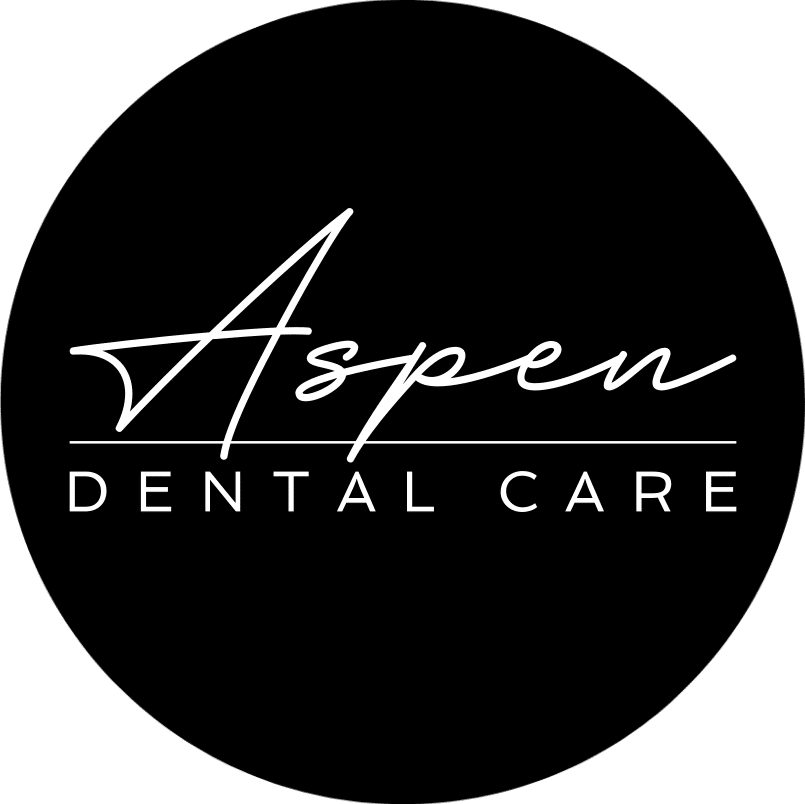Dental Inlays and Onlays
Dental inlays and onlays are used for restoring a decayed or fractured tooth. These restorations are fabricated in the dental laboratory and are used in cases of mild to moderate tooth damage due to decay or fracture, but not extensive enough to need a full crown.
When too much of tooth structure is missing it may not be ideal to restore by just by using composite filling. In these case dental inlays or onlays can be bonded to the tooth to reinforce the weakened tooth structure. A full dental zirconia crown will require additional tooth reduction to accommodate for the thickness of the crown and so usage of dental inlays or onlays in certain cases instead of a full crown can help conserve more of the original tooth structure.
When too much of tooth structure is missing it may not be ideal to restore by just by using composite filling. In these case dental inlays or onlays can be bonded to the tooth to reinforce the weakened tooth structure. A full dental zirconia crown will require additional tooth reduction to accommodate for the thickness of the crown and so usage of dental inlays or onlays in certain cases instead of a full crown can help conserve more of the original tooth structure.
Advantages of Inlays and Onlays Over Dental Fillings
- Inlays and onlays are more strong and thus more durable. They can last for many years
- They help strengthen a weakened tooth by upto 75% unlike a traditional filling which has minimal change
- Since inlays and onlays are usually bonded to the tooth with a strong resin adhesive, there is very little chance of secondary decay in the same region again, unlike a regular dental filling. This helps prolong the life of the tooth
- Inlays and onlays are more resistant to bite forces
- They do not expand or contract like metal filling .This prevents the tooth from cracking
- Porcelain inlays look very natural
Dental inlays and onlays differ from each other only by their location and extent of use within a tooth. A dental inlay is used just like a filling and fits within the central tooth structure. A dental onlay is usually made of porcelain. It extends over the cusps of the treated tooth and is used in cases of more extensive tooth damage
Inlays and Onlays Procedure
Inlays and onlays are fabricated in the dental lab unlike a dental filling which is placed into the tooth cavity immediately.
On your first appointment the tooth is rid of all decay, exposing a clean and fresh tooth surface.
The cavity is then designed to accept an inlay or onlay. A impression of the tooth is taken and a replica model of the tooth is made. This model is sent to the dental laboratory. The dental technician fabricates the inlay or onlay as required as per the dentists specifications and sends it back to the dentist.
On your second appointment the restoration is cleaned, prepared and bonded to the tooth using a strong dental resin adhesive.
The restoration is then polished to ensure a smooth a pleasing final result.
On your first appointment the tooth is rid of all decay, exposing a clean and fresh tooth surface.
The cavity is then designed to accept an inlay or onlay. A impression of the tooth is taken and a replica model of the tooth is made. This model is sent to the dental laboratory. The dental technician fabricates the inlay or onlay as required as per the dentists specifications and sends it back to the dentist.
On your second appointment the restoration is cleaned, prepared and bonded to the tooth using a strong dental resin adhesive.
The restoration is then polished to ensure a smooth a pleasing final result.
Caring for Your Inlays and Onlays
Dental inlays or onlays need the same care like your natural teeth. Maintain a good oral hygiene by brushing and flossing regularly. Avoid highly sticky foods like chewing gum. Regular dental visits allow us to detect any dental problems while they are still in the early stages.
 Aspen Dental Care
Aspen Dental Care